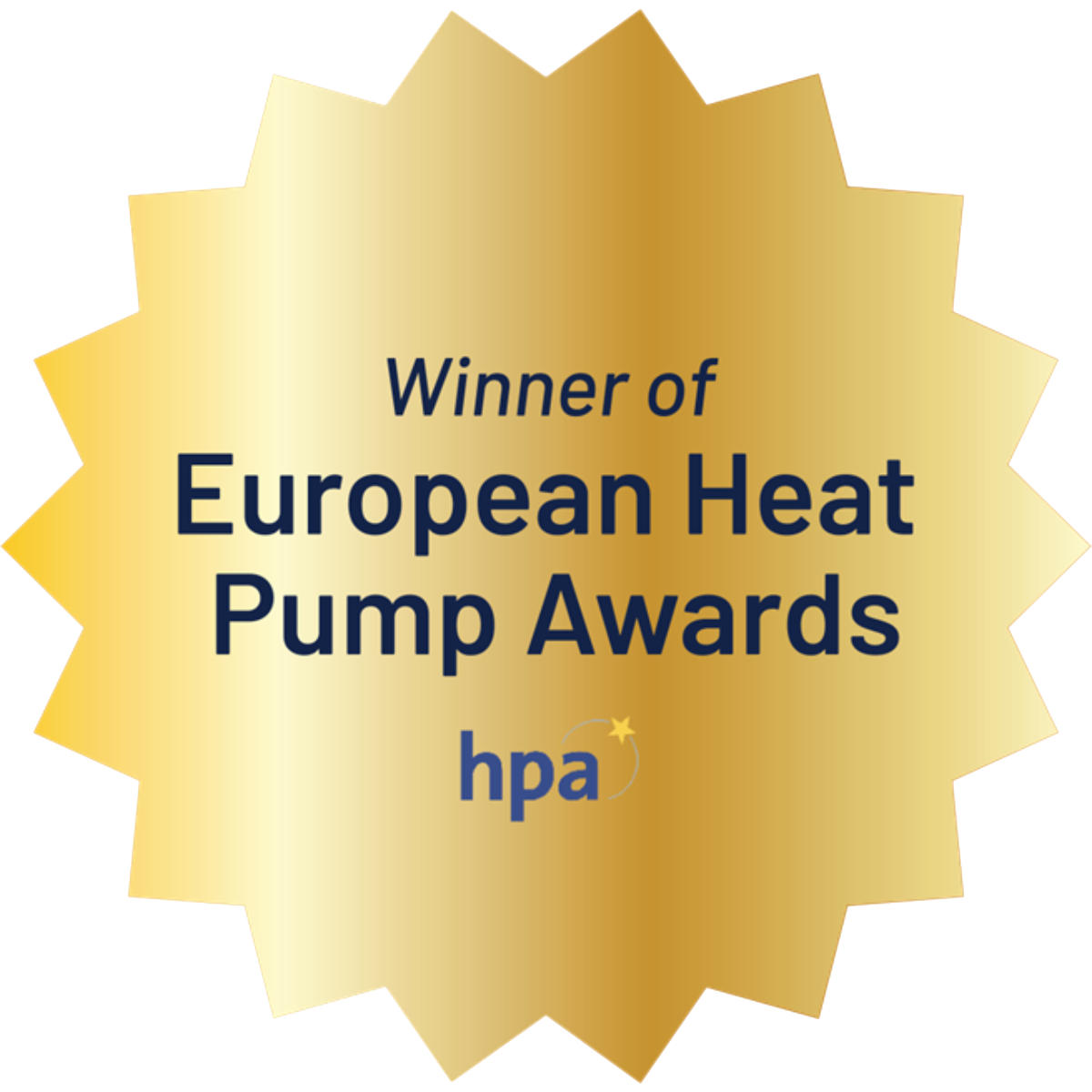Everything you need to know about Ammonia R717
Ammonia R717 is a natural refrigerant consisting of a nitrogen and hydrogen mixture. This refrigerant became popular during the 1930s, and it is currently used mainly for industrial cooling, commercial cooling and food storage, due to its excellent cooling properties and energy efficiency. Ammonia R717 is the sole member of the NH3 group of refrigerants and it is recommended as a replacement for R22, R134a.

Ammonia R717 – an environmentally friendly refrigerant
Since the EU has made a decision to phase out synthetic refrigerants due to their high GWP values and PFAS emissions, the use of refrigerants such as Ammonia R717 has increased. Due to the updated F-gas regulation and the proposal to ban PFAS, as a property owner, consultant, or installer you must switch to natural refrigerants.
According to the Swedish website Everything about F-gas, Ammonia R717 has a GWP value of 0, which means that it has no negative effect on global warming. Since ammonia R717 is an all-natural gas, it does not release PFAS (Perifluoroalkyl and Polyfluoroalkyl Substances) or TFA (Trifluoroacetic Acid) during operation.
Read more about other natural refrigerants here.
Ammonia R717 and energy efficiency
Ammonia R717 is classified as one of the most efficient refrigerants due to its high thermal conductivity. The efficient heat transfer of the refrigerant leads to faster and more cost-effective cooling processes. Therefore, R717 is commonly used in large industrial refrigerators and commercial freezer units that require both time and cost effective operation.
Disadvantages of Ammonia R717
The refrigerant has low inflammability, but it can form explosive mixtures when it comes into contact with air. In addition, corrosion may occur when ammonia is mixed with copper. The colourless gas belongs to the safety class B2L, which means it is toxic, corrosive and has a higher pressure than other refrigerants. Therefore, installations that handle R717 must withstand the high pressure and be regularly maintained with gas detectors to minimise the risk of accidents. Thanks to the unique smell of the refrigerant, it is easier to detect ammonia leakages than from other refrigerants. The distinctive smell means that a leakage is often detected before conditions start to become dangerous. According to the Swedish Environmental Protection Agency, Ammonia is also used in industry in the manufacture of artificial fertilisers, nitric acid, amines, paint, fibres, plastics, nylon.
Current regulations are extensive and the safety requirements are high. Therefore, ammonia is a safe option for those who want to choose a refrigerant for the future. At Enrad, we have extensive experience of using ammonia. Please contact us at info@staging.enrad.se, so we can help you with the switch to natural refrigerants.
Are you interested in switching to natural refrigerants?
Please contact us and we will be happy to help you.
Read more:
Propylene R1270
Propane R290
Isobutane R600A
Carbon Dioxide R744

Are you ready to cross the threshold to a climate-neutral society?
Then we’d love to hear from you! It’s natural to have a few questions when replacing something you’re used to with something new. But we’re here to answer all your questions, whether they’re about our products or natural refrigerants in general.

Case / The Plus
World’s Most Eco-Friendly Furniture Factory
The Plus is a unique project where environmental technology permeates everything. The factory is at the forefront of sustainability and energy efficiency.

